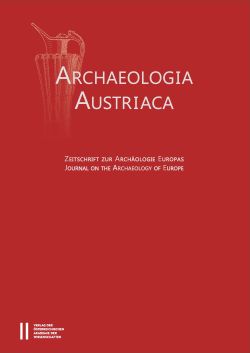
Archaeologia Austriaca 107/2023, pp. 65-136, 2023/12/13
Zeitschrift zur Archäologie Europas
Journal on the Archaeology of Europe

The question of how societies have appropriated the resource-rich montane landscapes of the South Caucasus since the 5th millennium BCE and in which temporal rhythms this development took place is linked with regional mobility as well as the social and economic negotiation of the participating communities. Intermontane settlement areas like the large Dzedzvebi Plateau near Kazreti in southeast Georgia probably played an important role as intermediate centres of exchange within the South Caucasian mountain corridors. That role is illuminated here, based on the findings of archaeological investigations that started in 2007. In the valley area of Kazreti, this function was closely linked with the exploitation of ore and the processing of metals, especially the gold of Sakdrisi. The establishment of permanent settlements on the Dzedzvebi Plateau exemplifies the social and economic developments that led to the settlement and integration of mountain corridors, connecting valleys and plateaus to the cultural activities of Kura-Araxes-period communities in the South Caucasus in the period around 3000 BCE.
Keywords: Late Chalcolithic, Early Bronze Age, metallurgy, husbandry, subsistence, obsidian, aDNA, burial practices, social integration